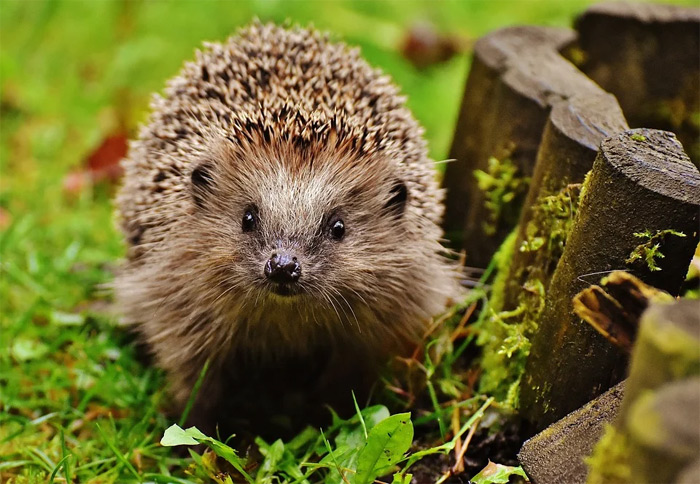(Photo above from Pixabay.com)
A round-up of environmental news that’s been overlooked recently.
By Colin Serjent
Hedgehogs are on a roll
After decades of decline, the number of urban hedgehogs has finally started to grow again as households make their gardens more wildlife-friendly, a report has found.
In recent years, people have started making CD-sized holes, of “hedgehog highways”, in their fences to connect with their neighbours gardens so the mammals have more room to roam. They are also leaving patches of nesting materials, such as leaves and twigs, putting out food and water and building “hedgehog houses” for them to hibernate in.
Golden Era For Scottish Wildlife
The golden eagle population in Southern Scotland has soared to new heights with more thriving than at any time since the 19th century, say conservationists.
As part of a project to return the species to the area, they caught and moved seven free-flying eagles from the Outer Hebrides.
Rare okapi calf steps out at Chester Zoo
A rare okapi calf has ventured out of her nest for the first time since she was born at Chester Zoo. Korn was born in December, named after a village in the Okapi Wildlife Reserve in the Democratic Republic of Congo – the only part of the world where the animal, also known as zebra giraffes, can be found in the wild.
One wasp turns out to be 16 species
A minuscule iridescent parasitic wasp has been revealed to be 16 different species nestled inside each other – much like a grotesque Russian doll.
Parasitoid wasps lay their eggs on or inside other insects and arthropods, before the larvae eat their way out after hatching.
Researchers at the University of Iowa extracted DNA samples from parasitoid wasps from oak trees around the US, and discovered that the creatures were made up of at least 16 genetically distinct species.
Elephant dung can be key to wildlife survival
Elephants, rhinos and other large animals from playing a key role in the environment by boosting plant diversity and tackling climate change and should be protected, a report suggests.
Large animals, including lions and leopards, help plants to grow by fertilising them and improving the soil more generally with their dung.
They also help by spreading seeds and they protect areas from wildfires by creating gaps in the vegetation as they graze, trampling down some grass and breaking up thorny bushes. This gives over-lying plants a better chance to graze.
Zoo’s freezing programme aims to stop extinction
A British Zoo has begun freezing sperm, eggs and other genetic samples of some of its most endangered animals as part of a project to provide a “Noah’s Ark of DNA”.
Paignton Zoo in Devon is working with Nature’s Safe, an animal biobank charity which has so far frozen samples from 82 species, such as mouse deer, Colombian black spider monkeys, Humboldt penguins and panther chameleons at its laboratories in Whitchurch, Shropshire.
The aim is to get samples from hundreds of the world’s 40,000 endangered species, which could be used to boost ailing animal populations or stop them from becoming extinct altogether.
Koala listed as endangered
The koala has been listed as an endangered species across eastern Australia after a collapse in numbers due to bush fires, disease and deforestation.
The species was designated “vulnerable” in 2021 and the Australian government has been accused of failing to protect it.
